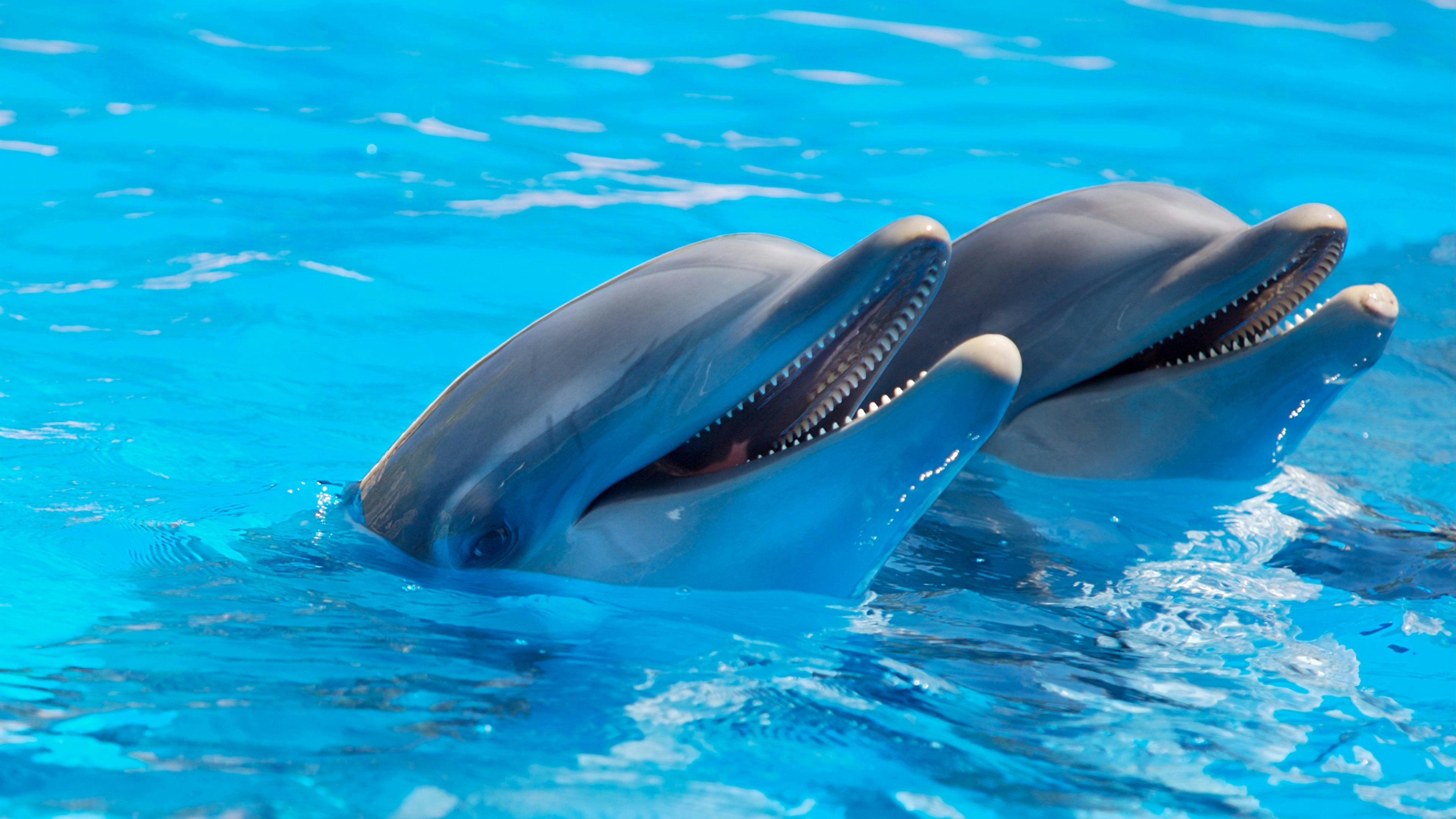The Intricate Dance of Dolphin Socialization
The ocean holds many mysteries, one of them being the fascinating social behaviors of its most intelligent resident–the dolphin. With their lively pods, intricate social hierarchy, and complex communication, dolphins offer a rich study of animal interaction. This article delves into the world of dolphin socialization, discussing its historical understanding, recent findings, and potential implications for their survival.

A Glimpse into Dolphin Society
Historically, dolphins have always been known for their playful and social nature. Early seafarers and fishermen reported dolphins traveling in large groups, often engaging in acrobatic displays. Scientists later classified these social groups as pods, which can range from a few individuals to over a thousand. Within these pods, dolphins form close bonds and complex hierarchies, often based on age, sex, and kinship.
The Language of Clicks and Whistles
The cornerstone of dolphin socialization is their intricate communication system. Dolphins use a combination of clicks, whistles, and body movements to interact with each other. Each dolphin has a unique whistle, akin to a human name, allowing them to maintain contact within large pods. Recent research has shown that dolphins may even engage in ‘gossip’, passing information about other individuals in their absence.
Dolphins’ Fostering Culture
One of the most fascinating aspects of dolphin social behavior is their culture–a trait once thought unique to humans. Dolphins have been observed teaching their young specific hunting techniques, such as the ‘sponging’ behavior seen in Shark Bay, Australia. This suggests that dolphins have the capacity to learn from each other and pass this knowledge down generations.
The Market of Dolphin Tourism
The unique social behavior of dolphins has captivated humans for centuries, leading to a booming dolphin tourism industry. Depending on the location and type of experience offered, a dolphin encounter can range from $100 to $200 per person. This industry has a significant impact on local economies, particularly in regions like Florida and Hawaii.
Conservation Efforts and Dolphin Socialization
Understanding dolphin social behavior is crucial for their conservation. Changes in social behavior can signal environmental stress or disease outbreaks, allowing early intervention. Moreover, education about dolphin socialization can help promote ethical tourism practices, mitigating the negative impact of human interaction on their natural behavior.
Dolphins hold a mirror to our own social complexities, offering a fresh perspective on the intricacies of animal interaction. Through their lively pods, unique communication, and cultural behaviors, they continue to captivate and inspire. As we continue to learn from these intelligent creatures, it is our responsibility to ensure their survival, allowing future generations to marvel at the intricate dance of dolphin socialization.




